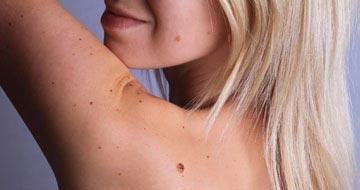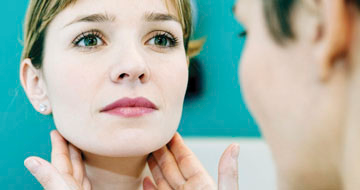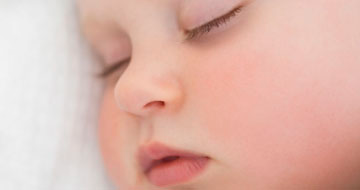Warts and Verrucas
Warts (also known as verrucas) are the most common skin infection and most people will have them at some point in their life. They look like small rough lumps and usually appear on the hands or feet. They may also appear around the mouth if you tend to bite your fingers. They're most common in childhood but can also affect adults.
Warts are an infection of the skin caused by the Human Papilloma Virus (HPV). When this virus invades our skin it causes rapid growth of the cells on the outer layer of skin. These cells are called keratin. This extra keratin is what causes the small, rough texture of the wart.
Warts are highly infectious and spread easily through skin-to-skin contact, or indirectly through contact with contaminated surfaces such as the areas around swimming pools. After being infected it may take many weeks or months before the wart appears on your skin.
Treating warts and verrucas
Warts have a natural lifespan and usually disappear after a few years, but sometimes they stay for many years. They're harmless and in most cases the best option may be to leave them alone. But you may find that paring them down after bathing or showering may keep them flatter against the skin.
If the wart is painful or causing discomfort then you may prefer to treat them. The most common approach is an acidic treatment that thins and loosens the outer layers of the wart. These usually come in the form of plasters or lotions. You will need to follow this treatment for many weeks for it to be successful.
Another approach is to use duct tape, which you can do at home. Cover the wart with duct tape and leave it there for up to six days. Remove the tape and soak the wart to soften it. Then rub it with an emery board or pumice stone to remove any rough patches. Leave the wart uncovered overnight and then repeat the process. You may need to keep repeating this for a few months.
Occasionally, cryotherapy may help. Cryotherapy removes the wart by freezing it. However, this treatment is not recommended for children, so our dermatologists will advise you on the best approach for your child.









